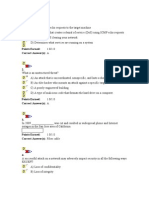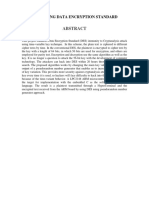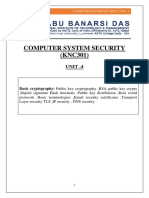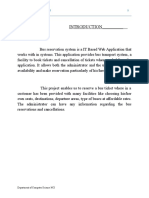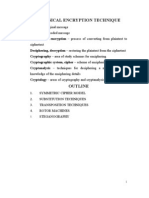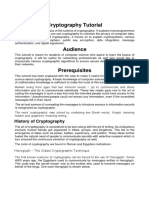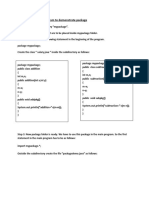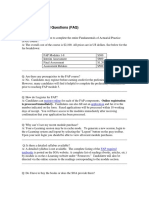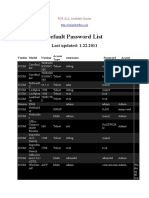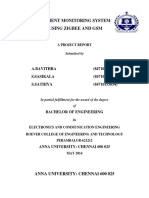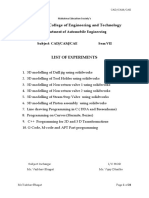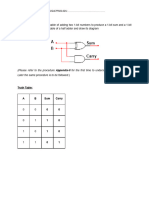0% found this document useful (0 votes)
441 views23 pagesCryptography
Cryptography is the technique of securing information and communications through codes. Modern cryptography relies on publicly known mathematical algorithms and secret keys rather than obscurity. It operates on binary data and provides security even if an attacker knows the algorithm, as long as they do not have the secret key. The evolution of cryptography has progressed from ancient manual ciphers to modern techniques based on computational difficulty.
Uploaded by
Lady BugCopyright
© © All Rights Reserved
We take content rights seriously. If you suspect this is your content, claim it here.
Available Formats
Download as PDF, TXT or read online on Scribd
0% found this document useful (0 votes)
441 views23 pagesCryptography
Cryptography is the technique of securing information and communications through codes. Modern cryptography relies on publicly known mathematical algorithms and secret keys rather than obscurity. It operates on binary data and provides security even if an attacker knows the algorithm, as long as they do not have the secret key. The evolution of cryptography has progressed from ancient manual ciphers to modern techniques based on computational difficulty.
Uploaded by
Lady BugCopyright
© © All Rights Reserved
We take content rights seriously. If you suspect this is your content, claim it here.
Available Formats
Download as PDF, TXT or read online on Scribd
/ 23







